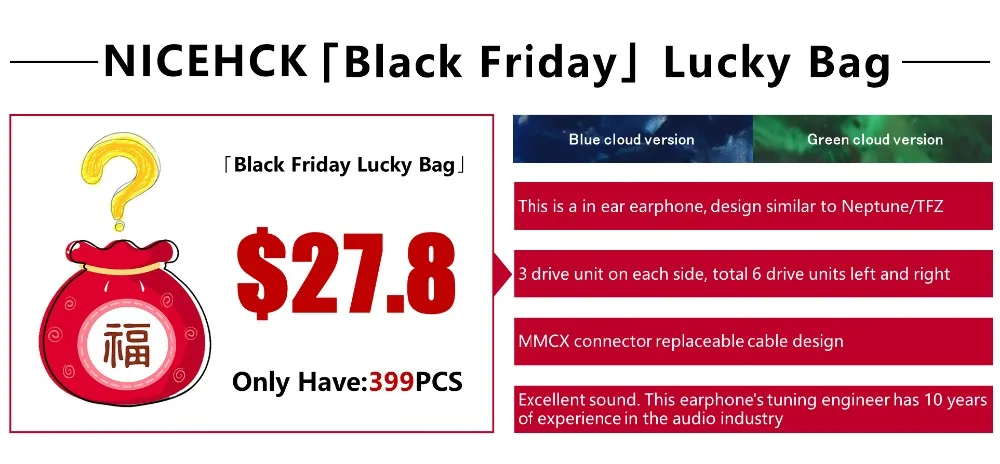Good write-up, especially the point about producers having potentially different gear in use and various needs in mind.
But the video and the
Sonarworks graph from their article (didn't watch the video, hate watching, reading is faster; hope there's no difference between the two sources) actually proves my point. The Reference Audio Analyzer link provides a standard, raw measurement. The Sonarworks graph is already compensated, showing that the bass boost visible in raw from 20-80Hz is perceived flat(except there should have been more at 20Hz), but it should recede to 1kHz level quicker, but not lower than that like it regrettably does at 300Hz. The 4KHz boost is also flat, so that, Sonarworks believes, is also right. But there also should've been more receded treble after the previous boost, at 10kHz, similar to what Harman shows. So basically the discrepancies Sonarworks points out with their compensated graph are very similar to discrepancies between the raw RAA graph and the raw Harman target curve. That's proven by the fact that raw vs. Sonarworks and raw vs. Harman yield similar directions for improvement, as I showed previously.
Of course, I understand that when you say "neutral, flat sound" you might mean what you're hearing - the compensated graph inside your head, not the raw measurement made with equipment. But I like my graphs a lot. A whole lot! I believe them to be more reliable than words. So when I hear neutral, flat or V-shaped I think about how the raw graph looks. And a flat raw graph definitely doesn't feel right and Sonarworks agrees, Harman agrees, and I concur. But if you don't think flat raw is a good sound, then I'm just beating that straw man to death, to my great gratification

A corollary to all this would be that if someone is suggesting buying something that has a flat raw graph, she's likely not suggesting a high fidelity, close-to-original, what-the-pros-use-and-hear sound. Also, worth noting that I don't remember what gear was suggested up the post and quote ladder a few pages earlier, nor have I seen the raw graphs of that (but I highly suggest checking it out if available), I only remember the flat vs. V dichotomy being discussed. And here I am.
Sonarworks
Harman target curve (OE is for over-ear headphones)
Raw






























